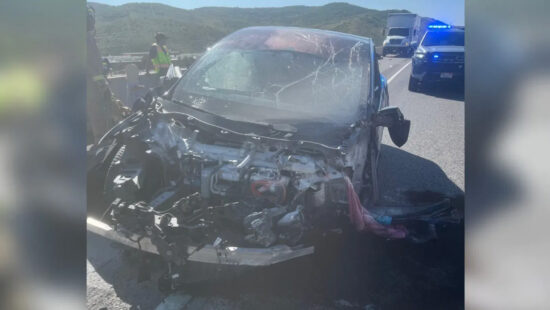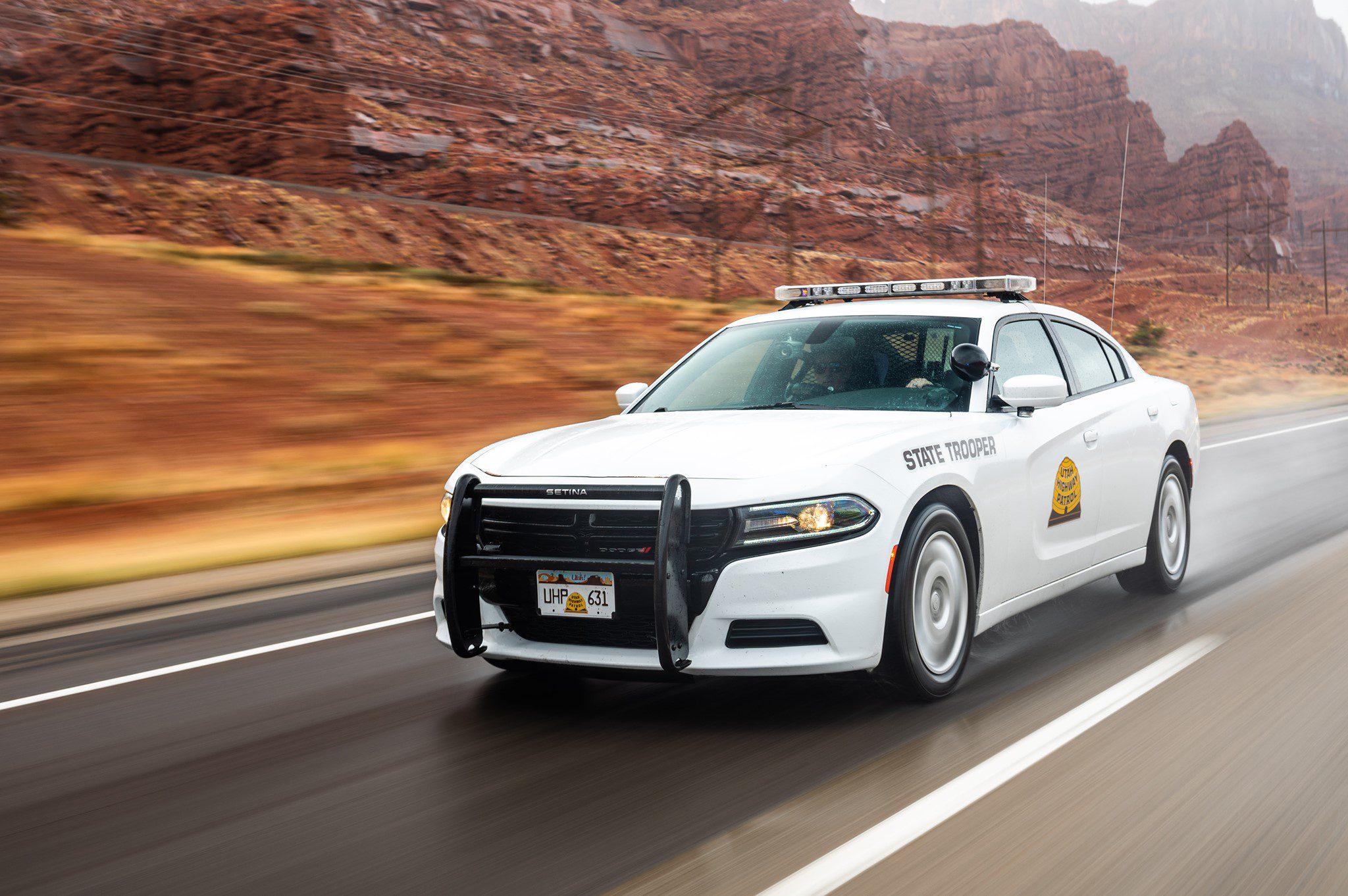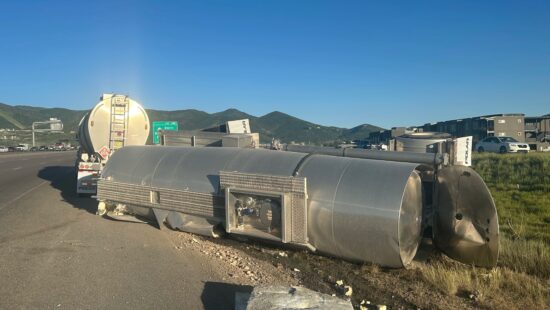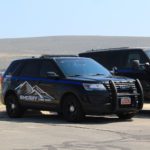Top Stories
Understanding Utah’s Traction Law and the realities of winter driving
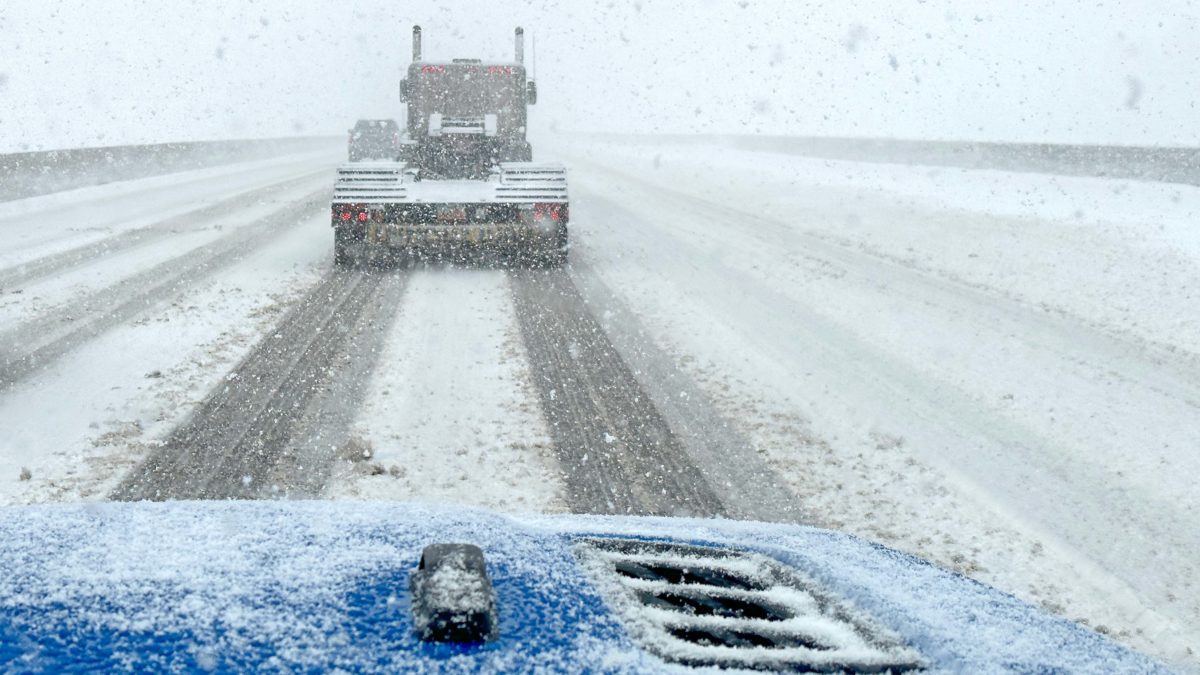
Blizzard conditions on Interstate 80 headed toward Park City. Photo: TownLift // Kevin Cody.
UTAH — Winter driving conditions, everyone’s obstacle from the battle for first tracks to the drive to visit Grandma. Regardless of where in the state, dangerous driving conditions can pop up, evidenced by last week’s snowy conditions in Moab. While not all areas fall under the purview of Utah’s Traction Law, rule R920-6, the rules it stipulates can still be applied to help keep travelers safe by acting as a starting point in preparing to travel through snowy weather.
The Law
Utah’s Traction Law was created to increase highway travel safety during winter conditions. Under the law, its requirement is implemented by the Utah Department of Transportation, Utah Highway Patrol, or a designated local law enforcement agency. When in effect, the public will be notified via road signs, message boards, the UDOT Traffic app, and UDOT social media, according to UDOT’s Winter Travel Brochure.
The law states, “no vehicle will be allowed or permitted the use of the highway” unless one of two exceptions are followed. The Class I Traction Segment states vehicles over 12,000 Gross Vehicle Weight Rating (GVW), such as semi trucks, may be required to provide and use traction devices. Class II Traction Segment states all vehicles shall be traction device equipped or four-wheel drive.
Vehicles under 12,000 GVW have further stipulations based on their drive train. Two-wheel drive (2WD), four-wheel (4WD), or all-wheel drive (AWD) vehicles are required to have Three-Peak Mountain Snowflake (3PMSF) rated tires or chains on all four tires. Mud and Snow (M+S) rated tires will also fulfill the requirement on 4WD and AWD vehicles. Having 3PMSF rated on all four tires is considered the minimum on 2WD vehicles, while on 4WD or AWD, they are equivalent to a traction device such as chains. According to Tire Rack, the M+S only refers to the tread pattern and has no performance guarantees other than surpassing a minimum threshold in snow acceleration traction under light conditions. UDOT lists that M+S or M/S only meets the minimum requirement on AWD and 4WD vehicles.
Snow Rated Tires?
What is a 3PMSF tire? Historically, true snow tires were the only way to increase driving safety during the winter without using chains or other tire attachments. In 1999, the U.S. Tire Manufacturers Association (USTMA) and the Rubber Association of Canada (RAC) set up a performance-based standard for severe snow conditions that helps consumers understand the difference between tires in terms of snow traction with the Mountain Snowflake specification.
Tires are subjected to a test of ten spin tests. A percent slip is determined by calculating spinning speed minus vehicle speed. In this test, zero percent would be free rolling. Over the ten tests, the average percent slip is used to find a traction coefficient. Tires that meet receive a rating of greater than 110 percent, compared to a reference tire rated at 100 percent, and are given the Mountain Snowflake symbol. In contrast, a true snow tire would have a 130 or 150 percent rating.
3PMSF-rated tires achieve improved traction over non-winter tires through their special rubber construction that will stay pliable at temperatures at or below 40 degrees Fahrenheit. This is similar to a true winter snow tire but not on the same level of pliability. It’s a difference of dedication for freezing temperatures and has to work well in temperatures from 20 degrees to 100 degrees. A non-snow-rated tire will become hard or stiff in freezing conditions and have less traction as a result.
While snow tires are still on another level regarding traction, stopping distance, and other aspects, 3PMSF tires are meant to provide increased traction on medium-packed snow. Unlike a true snow tire, there is no guarantee of stopping distance or cornering traction and no component that increases traction on ice. Ultimately 3PMSF is meant to be an in-between that is significantly better in winter conditions than the misnomered all-season tires but not dedicated snow tires that can wear down significantly in temperature fluctuating environments.
Traction Aids Beyond Tires
Traditionally chains have long been used to increase traction in severe winter weather. While other states, such as Colorado, provide a list of approved alternative traction devices and their manufacturers, Utah states under the law that “Traction Devices” are devices that improve the traction of tires on icy or snowy roads by placing high-friction objects between the tires and the road. Examples include tire chains, sand distribution devices, tire studs, and other devices similar in function.”Some alternatives to chains include metal traction cables, snow socks, and tire straps.
Being Prepared
Even with all the traction aids, proper tires, AWD, and so forth, things happen, whether in a vehicle accident, stuck on a shutdown highway, or stuck on the side of the road due to conditions making driving impossible. Having emergency items on hand can be vital beyond the required traction aids. Keeping a full tank of fuel in the event of being stranded or extra warm clothes, food, water, and some ability to charge a phone are all good precautions to take, according to UDOT. In addition, a snow shovel, ice scraper, flashlight, blankets, first aid kit, and a way to contact emergency services even when out of reach of a cellular signal are also good ideas. Additional tips on being prepared for traveling in winter weather can be found on the United States Department of Transportation website.
For more information regarding winter driving conditions or being prepared, traction laws, and other publications, visit the Utah Department of Transportation Website. A complete list of road conditions can be found on the Utah Department of Transportation website, and links to neighboring states are also listed. The UDOT Traffic app also links to mountain pass conditions and current alerts.
Goodbye sunny weekend, hello weekday snowstorm with statewide impacts
Appreciate the coverage? Help keep Park City informed.
TownLift is powered by our community. If you value independent, local news that keeps Park City connected and in the know, consider supporting our newsroom.















